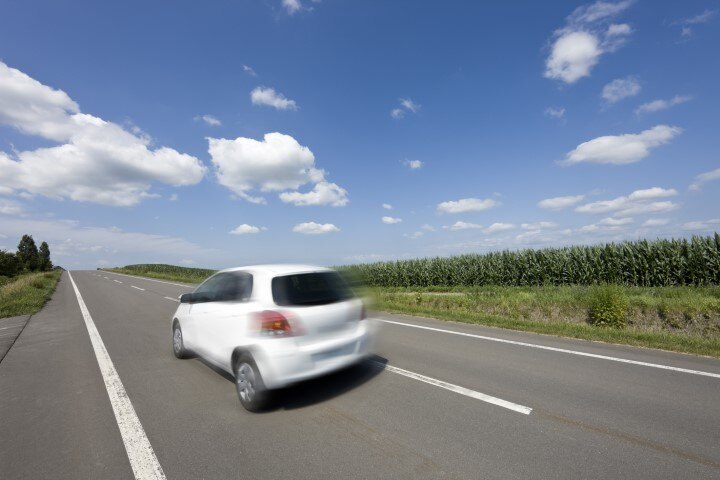Industry Throws Up Its Hands on Cellulosic Ethanol Fuel
Just a followup on previous news about Congress considering a lowering of the ethanol volume mandated by the Renewable Fuels Standard - the EPA is...

Self-driving cars have been the inevitable end point that the industry has been looking to ever since the technology developed to the level where the reality of it began to look less and less like pure fantasy. We did a blog post in 2019 pointing to how every major car maker had fully autonomous vehicles in its plans for within the next 3-4 years. Car makers aren't stupid and they can (most of the time) recognize a good idea when they see it. To a man, they've all seen the future and they're getting ready for it.
![]() The public is already getting acclimated to semi-autonomous features like “lane assist” or “automated cruise control” where the car will sense what’s around it and move the car back into its own lane (if there’s a car already next to it) or apply the brakes without the driver having to do anything (if it senses it’s about to run up into the back of the car in front of it on the freeway). This is an important element. For driverless, autonomous technology to become accepted and entrenched in the marketplace, the most important part is that the people buying the cars or using them are confident that they're worth buying. This means they have to be comfortable with driverless technology that takes part, if not all, of the control away from them.
The public is already getting acclimated to semi-autonomous features like “lane assist” or “automated cruise control” where the car will sense what’s around it and move the car back into its own lane (if there’s a car already next to it) or apply the brakes without the driver having to do anything (if it senses it’s about to run up into the back of the car in front of it on the freeway). This is an important element. For driverless, autonomous technology to become accepted and entrenched in the marketplace, the most important part is that the people buying the cars or using them are confident that they're worth buying. This means they have to be comfortable with driverless technology that takes part, if not all, of the control away from them.
Getting this to happen isn't a simple proposition. Auto industry “futurists” always thought that ride-sharing services like Uber and Lyft would be a key element in getting the public acclimated to the idea of sharing the road with fully autonomous driverless cars. And these companies were certainly on board with the idea, with both of them pouring major amounts of capital in doing research on driverless vehicles. It had the potential to be a game changer for their part of the industry, and in turn, for the rest of us.
But Uber itself has been rethinking the feasibility of this. Their recent decision to sell off their autonomous vehicle research arm shows that while they may still think it's a good idea, they can’t afford to pour any more money into it at this time.
The details? NPR and other news outlets reported earlier in December that Uber had sold its autonomous research division to a startup company called Aurora. Uber was always publicly optimistic about both the feasibility of the driverless technology and their own ability to take advantage of that and ride the wave to profitability.
Things have changed, however, that forced Uber to rethink this. We have the ongoing pandemic and its ruinous effects on service providers like Uber. People also forget that, in spite of Uber becoming well known enough to be “genericized” (where a specific company or product becomes the actual name of the type of thing they sell. See Kleenex or Google.), Uber has never actually been profitable. Investors assume they will, because what they’re doing is assumed by everyone to be the future of transportation. Yet Uber still chases the elusive profitability. When you combine that with austere times for business, their hand was pretty well forced.
So Uber has stepped back and divested itself of a major money-loser. They still retain some strategic partnerships that ensure they won’t be left out in the cold if/when the technology impacts society. But they’re now free to focus on areas that are more immediately profitable, like food delivery. Or at least, less of a money bleeder.

Just a followup on previous news about Congress considering a lowering of the ethanol volume mandated by the Renewable Fuels Standard - the EPA is...

Consumers are extremely price sensitive when it comes to their gas and fuel. This is one reason why government tax credits subsidize the biofuels...
Today, we’re going back to the basics in talking about the fuels we use, the gasoline and diesel that we buy at the gas station. Even the most...